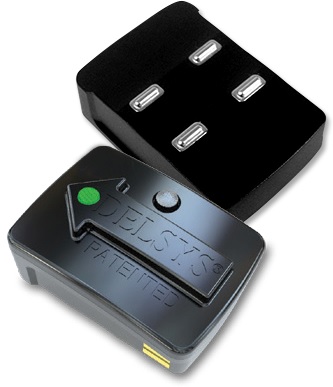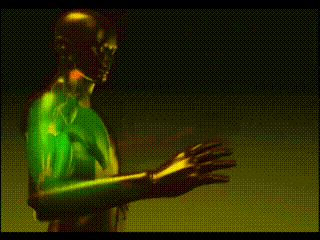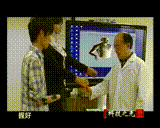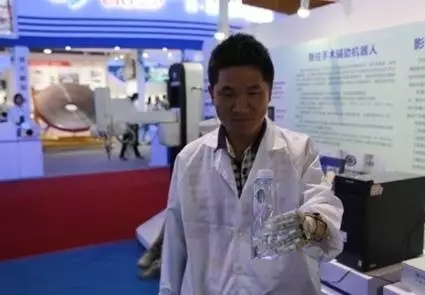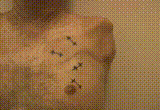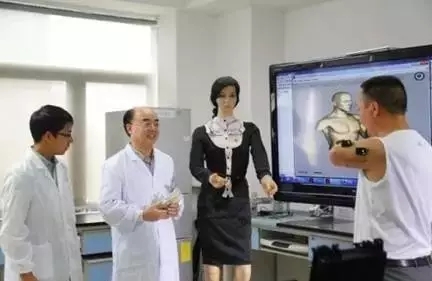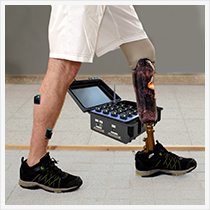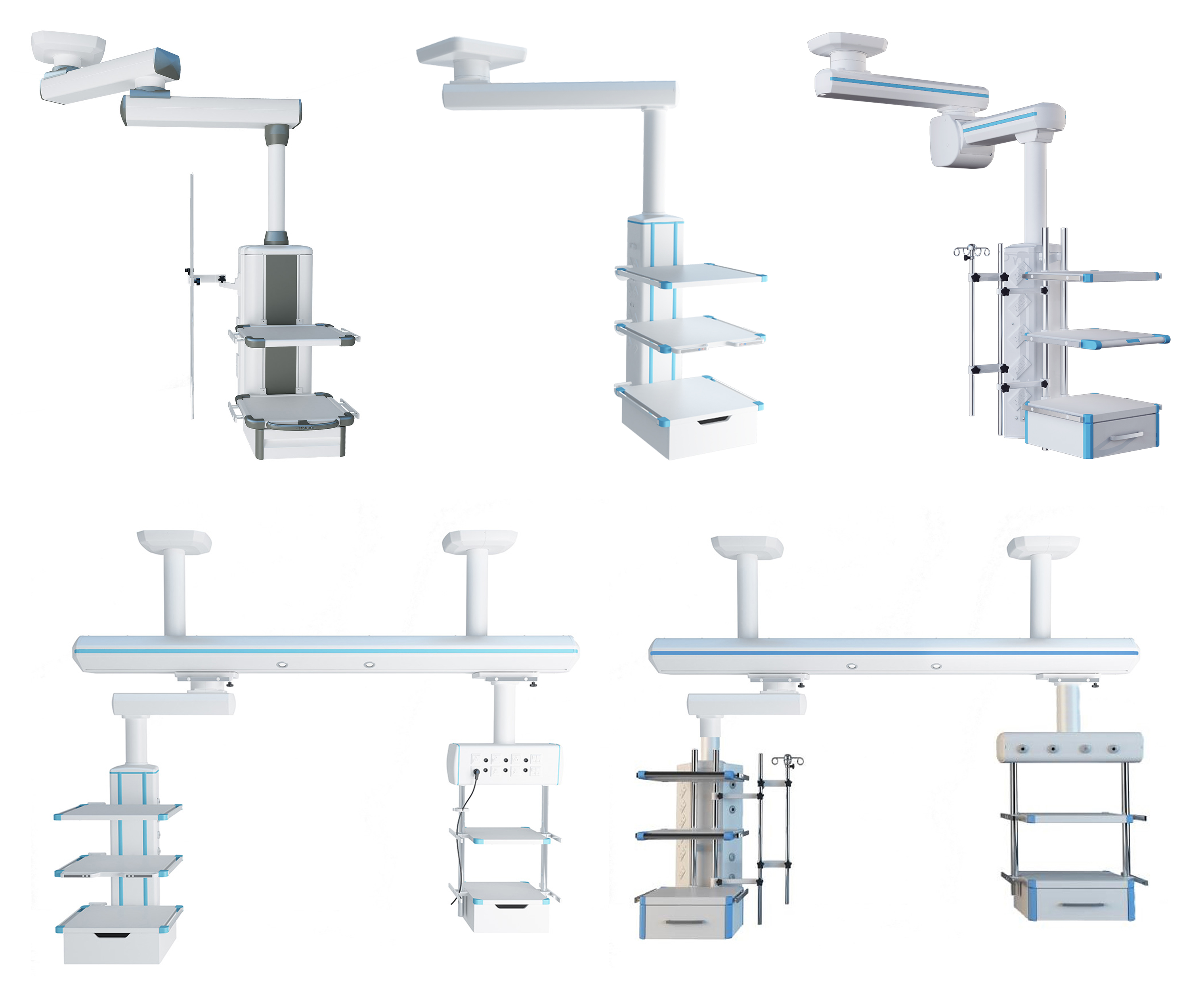Original title: With the idea of ​​"command" prosthetics can also be very "obedient" Delsys myoelectric realization of "idea command" obedient prosthetic flexible application Can people use the mind of the brain to control objects? Can "Avatar" become a reality? Can a disabled person with a lost arm use his mind to control prosthetic movement and take items? With the American delsys surface EMG tester, these are not fantasy. The answer is also yes! 16 channel surface EMG plus 48 channel acceleration acquisition analysis system. The sensor with motion artifact suppression (patent) can move freely, the sensor directly transmits data wirelessly, the tester does not carry the receiver other than the sensor, and the wireless transmission uses a unique transmission protocol, from the sensor end to the receiver or the computer without any Cable connection. The receiver can transmit data by connecting to a computer via a USB interface. A new style of electromyography. The EMG sensor is combined with the 3D accelerometer on the same sensor. This revolutionary hybrid EMG/sport provides an unprecedented combination of data in a reliable manner. Its new design delivers unmatched, high-quality performance expected from the product, and the noise source can be freely recorded in a single software package. Li Guanglin, a researcher at the Neuroscience Research Center of the Shenzhen Institute of Advanced Technology, Chinese Academy of Sciences, and his multi-functional bionic prosthesis developed by the team are high-tech "magic weapons" that make this a reality. Although it is controlled by the mind to control the prosthesis, it does not directly obtain control instructions from the brain, but uses the electrical signal (electromyographic signal, EMG) on the surface of the patient's muscle to control the movement of the prosthesis. The method recognizes the motion intention of the human through the decoding of the EMG signal, and the core thereof is a set of algorithms and signal processing techniques for converting the EMG signal into a prosthetic motion signal. Multifunctional electromyography prosthetic control principle For a long time, wars, diseases, natural disasters, traffic accidents and other accidental injuries have caused tens of thousands of physical disabilities, and the installation of prostheses without amputees is the main means of restoring their limb function. Research and develop advanced prosthetic and prosthetic control systems to improve and improve the performance of prosthetic limbs, providing intelligent and versatile prostheses for many amputees, which can greatly improve their quality of life and increase employment opportunities. Traditional prosthetic systems have problems such as single function, slow control, clumsy movements, and difficult maintenance. With the development of advanced signal processing technology and high-performance microprocessors, some advanced prosthetic control methods have been realized. Surface electromyography (EMG) is a non-stationary weak signal that is superimposed on the surface of the skin by a plurality of action potential sequences (MUAPT) generated by the motor units recruited during muscle excitation. By acquiring and decoding the EMG signal on the surface of the residual limb muscle, it is possible to acquire the motor information of the amputee, recognize the motion intention, and realize the multi-degree of freedom prosthetic control. The brain sends an action signal to the limb, and the limb responds accordingly. It is well known that most amputated patients have an illusion that the limbs lost due to amputation still exist. This is called “phantom limbsâ€, as they can imagine that the lost limbs can still take items and even feel pain. . When amputees use their phantoms to do something through imagination, the motor's motor nerve signals cause the remaining muscles to contract and produce myoelectric signals. Researchers can decode the EMG signal through pattern recognition to know the type of limb movement that the amputee wants to do, and the control system can drive the prosthesis to complete the corresponding action. Studies have shown that for the case of forearm amputees, the method has an accuracy of more than 90% for 10 different arm movements. The tester controls the model to make the corresponding action through the idea The biomimetic prosthesis developed by Li Guanglin and his team has two outstanding features compared to imported products: lighter weight and lower cost. It is made with 3D printing technology and weighs only 200 grams, which is much lower than the weight of 500 grams of the same type of artificial limb, which greatly reduces the wearing burden of patients and facilitates long-term wear. Most importantly, its price will be much lower than similar products. "The current price of this kind of prosthesis on the market is between RMB 200,000 and RMB 250,000. Most of them are imported. The patients who really need it can't afford it. The artificial limb we developed is expected to sell for only 30,000-50,000 yuan. Between the renminbi, there are more people who can use it," Li Guanglin said. The amputee can use the mind to control the intelligent prosthesis to pick up the mineral water bottle The above is a solution to the missing part of the limb below the elbow joint, but what if the patient is amputated above the elbow joint? For them, there are not many residual muscles that can be used for the prosthetic control signal source, and the problem is more complicated. For high amputees, due to limited or complete loss of limb residual muscles, it is not possible to provide sufficient EMG control information for multifunctional prostheses. One of the most effective solutions at present is the technique of limb motor nerve distribution reconstruction. This technique transplants the residual brachial plexus to the human muscle or anastomosed to the replacement nerve to achieve reconstruction of the missing motor function signal source. For the shoulder amputee, the residual brachial plexus is transplanted to the chest muscle and after several months of growth, The brachial plexus is reconstructed in the chest muscles. When the amputee imagines a certain movement of the phantom limb, the movement command is transmitted to the chest muscles through the brachial plexus and causes the chest muscles to contract. The EMG control information of the chest muscles is collected and decoded and analyzed to predict the amputee's arm movement. Intent to achieve neural control of multiple free vacation limbs. After the reconstruction of the limb motor nerve distribution, the muscle contraction can also produce corresponding feedback in the face of instructions. In 2015, China's first upper arm amputation nerve function reconstruction operation was completed in the Nanshan District People's Hospital of Shenzhen by the team of Li Wenqing and Li Guanglin. The patient has recovered. The success of the operation shows that China has successfully mastered the neural function reconstruction technology. Li Guanglin (middle) and high amputee jointly test the effect of EMG signal extraction The number of disabled people in China is 24.12 million, accounting for 29.07% of the total disabled population. The cumulative number of surviving stroke patients in China has reached 6-7 million, of which 3/4 patients will have different degrees of physical exercise disability. There are approximately 2.26 million limb amputees in China. "How to use high technology to serve the disabled, this is the goal of our researchers engaged in artificial intelligence collaborative research. We hope to develop low-cost, multi-functional prosthetics, so that disabled people can restore the function of broken limbs and regain their lives. Confidence, even find the warm memories of the physical health," Li Guanglin said. At present, this bionic prosthesis is still in the laboratory stage, and the team will continue to improve in the future to obtain better practical performance, and obtain the medical device registration certificate as soon as possible and bring it to the market. Learn more about myoelectric prostheses. Please scan the QR code below to follow
Increasing complexity of operation theater/ICU equipment requires medical pendant more expansibility, reliable, convenience. Lewin series medical pendant combined LEWIN abundant operation room/ICU equipment produce and integrate experience, the design follows human body enginerring principle; The ceiling pendnat function fits doctor and patient's actual using demands, pay attention to convenient actual operation, can meet different environment demands, has highly cost-effective;
Medical Pendant,Surgical Pendant,Hospital Pendant,Cavascope Pendant Anesthesia Pendant,Ceiling Pendant,Hospital Pendant,Medical Gas Pendant Shandong Lewin Medical Equipment Co., Ltd. , https://www.lewinmed.com
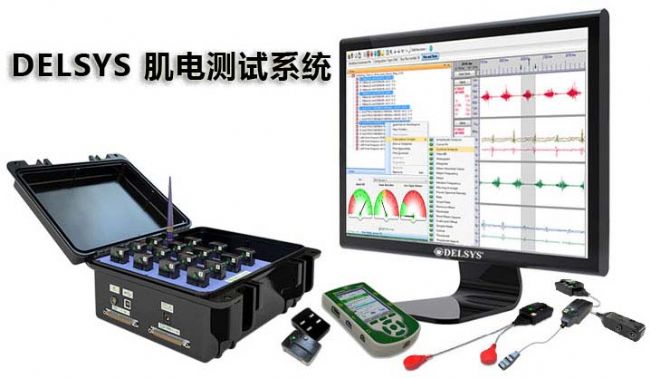 American delsys surface electromyography test system
American delsys surface electromyography test system 

